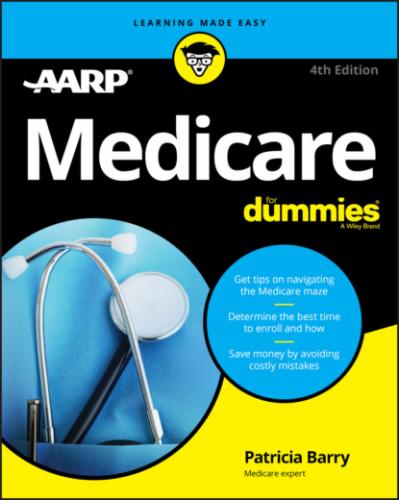You’re more likely to properly fill and take your medicines. You need the meds you’re prescribed for the sake of your health. If you get coverage for them and don’t have to pay full price, you’re much more likely to fill all your prescriptions and not skip doses.
No Part D plan covers all prescription drugs, and the number covered varies greatly among plans. In 2019, 63 percent of drugs were covered by Medicare Part D plans, according to an analysis by the health research group Avalere Health. So the goal is to choose a plan that covers all, or at least most, of the specific drugs you take. I describe a strategy for doing so in Chapter 10.
In the following sections, I note the drugs that Part D has to cover and the ones that it doesn’t pay for.
Laying out the drugs Part D plans must cover
Although Medicare law doesn’t require Part D plans to cover every drug, it does require each plan to cover at least two drugs in each class of medications. A class means all the similar drugs that are used to treat the same medical condition. Many plans cover more than two in each class. But every plan must cover “all or substantially all” drugs in each of the following six classes:
Anticancer drugs (used to halt or slow the growth of cancers)
Anticonvulsants (used mainly to prevent epileptic seizures)
Antidepressants (used to counteract depression and anxiety disorders)
Antipsychotics (used to treat mental illnesses such as schizophrenia, mania, bipolar disorder, and other delusional conditions)
HIV/AIDS drugs (used to block or slow HIV infection and treat symptoms and side effects)
Immunosuppressants (used to prevent rejection of transplanted organs and tissues and treat immune system disorders and some inflammatory diseases)
Medicare requires every Part D plan to cover pretty much all drugs in these categories because of the clinical problems that can occur when patients abruptly stop taking such medications or switch to others.
Recognizing the drugs Medicare doesn’t pay for
Medicines sold over the counter (not needing a doctor’s prescription)
Drugs used for anorexia, weight loss, or weight gain
Drugs used for cosmetic reasons and hair growth
Drugs used to promote fertility
Drugs used to treat sexual or erectile dysfunction
Medicines used to treat cough or cold symptoms
Prescription vitamins and mineral products
Sometimes Medicare will pay for medications in these categories if they’re used for a “medically acceptable” purpose — for example, cough medicines when prescribed by a doctor to alleviate medical conditions such as asthma, drugs for impotency when prescribed to treat different medical conditions that affect veins and arteries, or antismoking drugs if prescribed by a doctor rather than bought over the counter.
Until 2013, Medicare also excluded barbiturates (used for anxiety and seizures) and benzodiazepines (used for anxiety and sleeping problems) because these drugs are often abused. But the ban has now been lifted wholly on both types of drugs, allowing Part D plans to cover them for any medically accepted indication.
Determining when drugs are covered by Part A, Part B, or Part D
Part A covers drugs administered when you’re a patient in the hospital or a skilled nursing facility.
Part B covers drugs administered in a doctor’s office (such as injected chemotherapy drugs), hospital outpatient departments, and in some circumstances, by a hospice or home health-care professional.
Part D covers outpatient drugs that you administer to yourself, a caregiver administers to you at your home, or you receive if you live in a nursing home. (These drugs are usually pills but also include self-injected insulin for diabetes, for example.)
These general rules are more complicated in some situations. For example, if your organ transplant was covered by Medicare, the immunosuppressant drugs you need afterward are covered by Part B. But if your transplant surgery wasn’t covered by Medicare (perhaps because you had it before joining the program), the drugs are covered under Part D.
The Gaps: Discovering What Medicare Doesn’t Cover
Although Medicare covers a multitude of medical services, it also has some yawning gaps. Some may surprise you, so the following sections address the broad areas that Medicare doesn’t normally cover, together with some tips for alternative ways of filling in the gaps. Being aware of them from the start is better than being disappointed if Medicare denies coverage after the fact.
Routine hearing, vision, dental, and foot care
The older you get, the more you’re likely to need professional attention for your ears, eyes, teeth, and feet. But Medicare doesn’t cover routine services to take care of these parts. Routine is the key word here. Medicare pays to treat problems it considers medically necessary (including cataract surgery, jaw restoration after injury, and treatment for diseases of the ear) but not the kind of care you may need on a regular basis, such as the following:
Ear exams, hearing aids, or having hearing aids fitted
Vision tests, eyeglasses, or contact lenses
Oral exams, teeth cleaning, extractions, or dentures
Toenail clipping or the removal of corns and calluses
